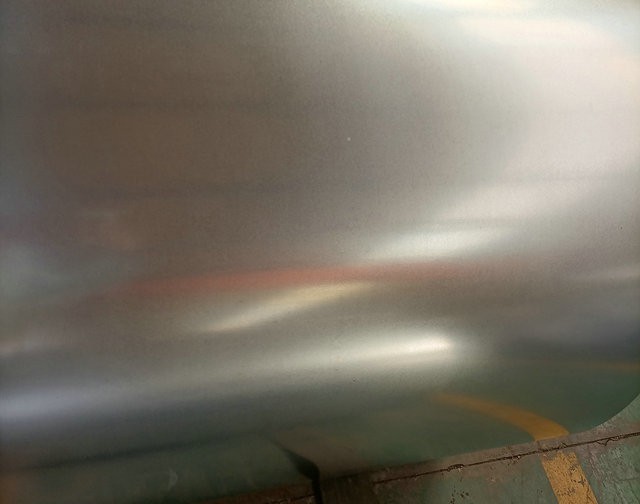 Language
▼
Language
▼
More Language
Galvanised steel sheet refers to a steel plate with a layer of zinc coating on its surface, which can prevent the surface of the steel plate from being corroded and extend its service life. Its performance indicators are key parameters for measuring its quality and applicability, mainly including the following aspects:
Galvanised steel sheets should have a good appearance, with a flat and smooth surface, and no obvious defects such as no plating, holes, cracks, floating slag, exceeding plating thickness, scratches, chromic acid dirt, white rust, etc. These defects will affect the aesthetics and service life of the steel plate.
The size specification is also one of its important performance indicators. The thickness, length, width, and their allowable deviations should comply with relevant standards and specifications. The thickness deviation is generally 0.05mm, the length and width deviation is generally 5mm, and the thickness of the board is generally between 0.4-3.2mm. Galvanised steel sheets of different specifications and sizes are suitable for different application scenarios.

In addition, bending test is also an important indicator for measuring the mechanical properties of galvanised steel sheets. Generally, it is required that after the galvanized sheet is bent 180 degrees, there should be no zinc layer detachment on the outer surface, and the base of the sheet should not have cracks or fractures.
One of the main advantages of galvanized steel sheet is its excellent corrosion resistance. Due to the presence of the galvanized layer, it can effectively prevent the substrate from coming into contact with the atmosphere, thereby avoiding corrosion and rusting of the substrate. The weight and thickness of the galvanized layer will affect its corrosion resistance. Generally speaking, the heavier and thicker the galvanized layer, the better its corrosion resistance.
Galvanised steel sheets should have good processing performance and can be processed into various shapes and sizes of parts or components through cutting, stamping, bending, welding and other processing techniques. During the processing, attention should be paid to controlling the processing temperature and speed to avoid deformation or cracking of the steel plate due to excessive temperature or speed.
China galvanized plate manufacturer: Boxing Shuangshengda Steel specializes in galvanized sheet, galvanized steel plate,Colour steel plate etc.We have a full range of product specifications and types, low prices, and more than 20 years of experience, worthy of your trust